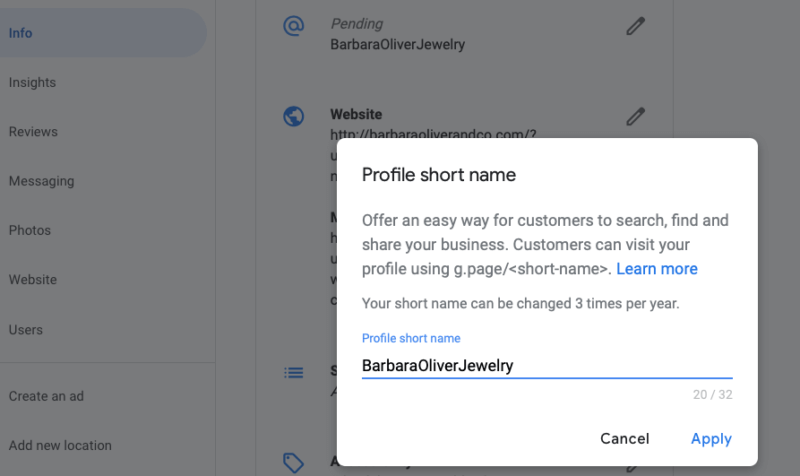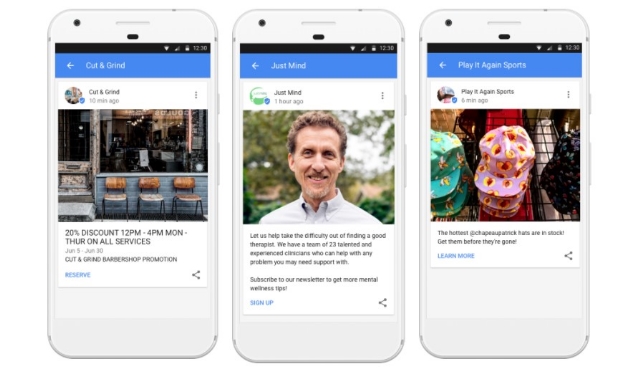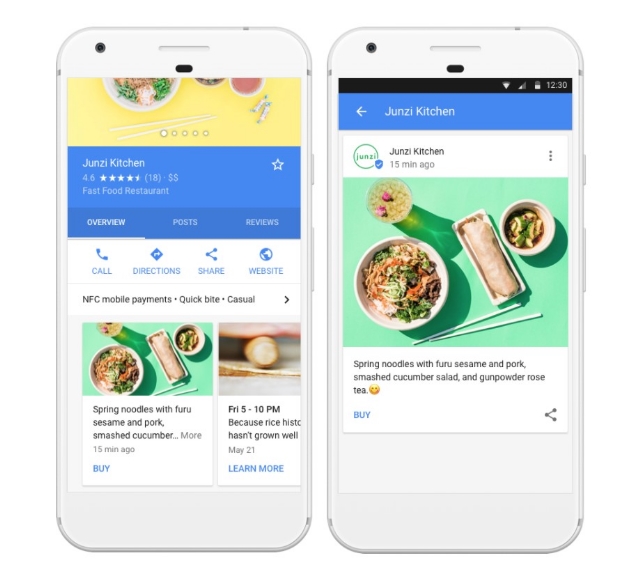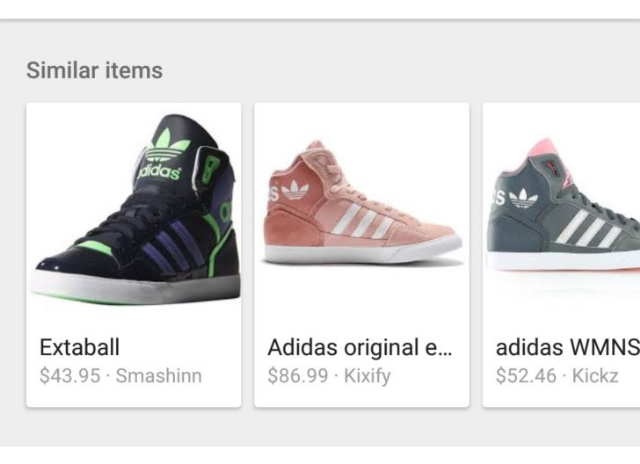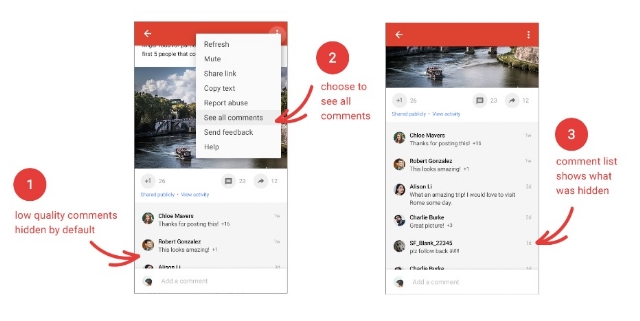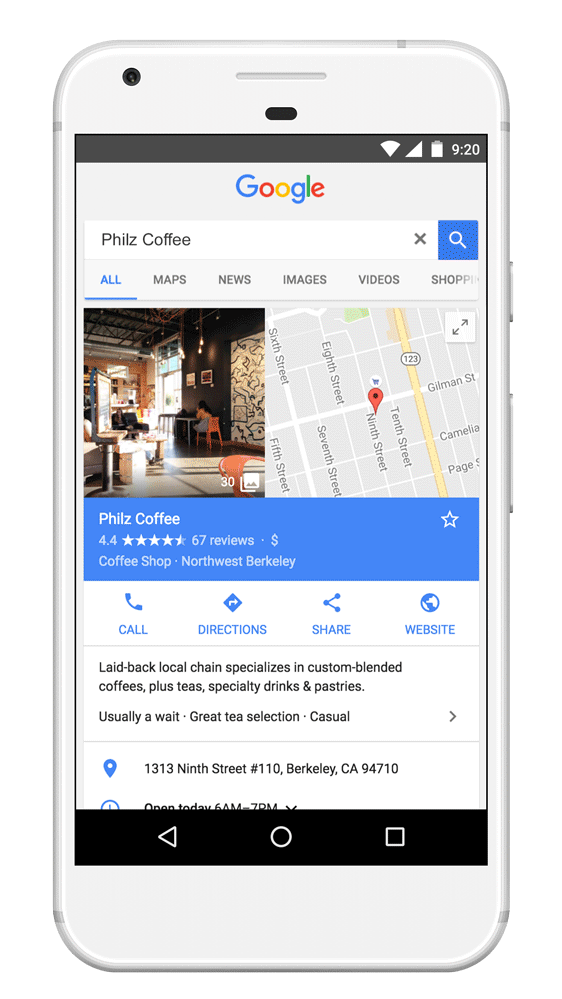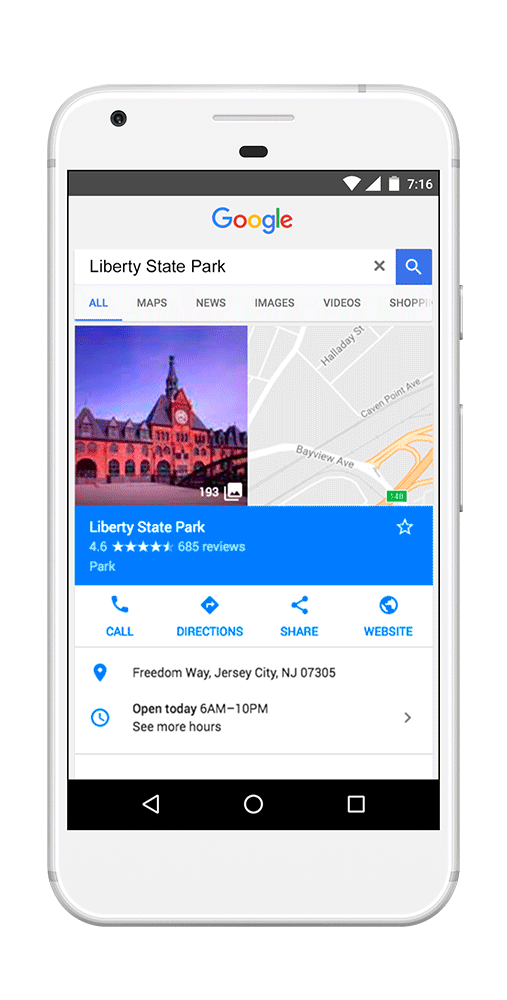Today is International Small Business Day, and Google is celebrating the day with a new hub full of marketing resources for small business owners and marketers.
Many of the tools and features included were developed as part of the ‘Google for Small Business’ initiative and were created using feedback from small business owners around the world.
In the announcement, Product Management Director at Google described the initiative as a personal effort to help businesses save time and grow their business more effectively:
“I’ve had the opportunity to get to know many small business owners and the challenges they face. Most of them tell me that they need help saving time at work, or that they need easy tools to help them promote their business.”
In the new Google for Small Business hub, you will find:
- Personalized Plans: By completing a few quick questions about your business and your current goals, you will receive a customized step-by-step plan you can follow to accomplish your goals.
- In-Person Workshops: Stay up-to-date with any upcoming free Grow with Google workshops happening in your local area.
- Latest News: Stay updated with the latest news about tools and services for small businesses.

